On March 16, fierce looks, striking confidence, and an electric crowd marked a momentous night in Reitz Arena, where the Black Student Association (BSA) celebrated their 20th year of the annual BSA Fashion Show.
The event has become one of the hallmarks of the Loyola calendar year, and this year was no different. In addition, the Student Government Association (SGA) announced Sean Paul as the headliner to Loyolapooloza 2018, which is one of the most anticipated reveals of the night.
For its 20th year, the show heralded the moniker, #ForTheCulture. “We really want people to know that culture is multifaceted,” explained Kira Lans ’20, co-director of the show, along with Antwon Allen ’20.
Hosted by Assistant Director of Student Life Nick Bates, the show succeeded in showing culture’s many sides through four themes: social justice, womanhood, music, and black culture.
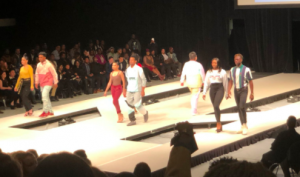 The first scene, titled “Soul Survivors,” coupled a serious tone with a fresh sense of cultural pride. Models of various ethnicities highlighted a sense of solidarity that audiences can strive for in daily life. Confident struts and provoking poses demonstrated how appealing self-pride can be.
The first scene, titled “Soul Survivors,” coupled a serious tone with a fresh sense of cultural pride. Models of various ethnicities highlighted a sense of solidarity that audiences can strive for in daily life. Confident struts and provoking poses demonstrated how appealing self-pride can be.
Actually, that might be the fashion show’s greatest achievement: the models, especially in the context of the night’s themes, oozed a confidence that encouraged attendees to wear a level of self-pride that does not veer too much into arrogance.
That pride carried over into the second scene, albeit in a different way. Scene co-leader Cierra Thurmond ’20, notes “Our scene was inspired by the power in the sex appeal of women of color and how we are much more than that.”
The scene, titled “Womanish,” was inspired by Alice Walker’s book, “In Search of Our Mothers’ Gardens.” “Being womanish is acting mature and appropriate, rather than girlish. We wanted people to see that we are leaders and trendsetters,” Thurmond said.
The intermission brought the audience to its feet with a rousing performance by Baltimore’s very own, Xtreme Heat, a youth dancing troupe.
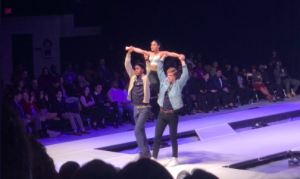 The mini-performance segued into the hotly anticipated Loyolapooloza reveal by SGA: Sean Paul will headline this year’s mini-festival on April 29. The Jamaican born dancehall singer and rapper has sold millions of records, and is responsible for some of the biggest hits of the 2000’s, including “Temperature” and “Get Busy.”
The mini-performance segued into the hotly anticipated Loyolapooloza reveal by SGA: Sean Paul will headline this year’s mini-festival on April 29. The Jamaican born dancehall singer and rapper has sold millions of records, and is responsible for some of the biggest hits of the 2000’s, including “Temperature” and “Get Busy.”
Paul is also renowned for his popular features, including Beyoncé’s “Baby Boy” and has even enjoyed a mini-renaissance as of late with high-tier features on Sia’s number one hit “Cheap Thrills” and Clean Bandit’s “Rockabye.” Sean Paul’s signature combination of tropical grooves and dance rhythms will be perfect to get Loyola in the summertime mood.
It then makes sense that music, one of the biggest facets of culture, became the centerpiece for scene three: The Evolution of Music. Models worked the runway while tracing the progression of music, with a special focus on hip hop. While all scenes featured superb soundtracks, the attention to detail here was not lost on the audience, with some light choreography garnering big reactions from the crowds.
The pride in culture arguably shined forth the most in scene four, “Melanin Made.” Again, a range of different, often underrepresented ethnicities amongst the models highlighted how important it is to wear pride: to not only show fellow marginalized communities that confidence is appealing, but also to promote to the larger Loyola community that they are not going anywhere.
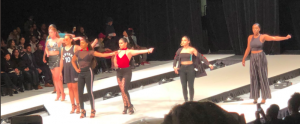 Scene four model Dyanne Garibay ’20, who wore a stunning headpiece to highlight her native Mexican culture, gives an inside look to her experience in the show, calling it a “learning experience” because it not only stretched “beyond what I thought my comfort zone was but also in having made the friendships I did. Doing the fashion show pushed me to meet new people and to meet a new part of my personality.”
Scene four model Dyanne Garibay ’20, who wore a stunning headpiece to highlight her native Mexican culture, gives an inside look to her experience in the show, calling it a “learning experience” because it not only stretched “beyond what I thought my comfort zone was but also in having made the friendships I did. Doing the fashion show pushed me to meet new people and to meet a new part of my personality.”
Yet, the most rewarding part for Garibay was “the night of the fashion show when everyone was encouraging each other, no matter what the circumstances might have been. There was absolutely no negativity behind the curtains and that was amazing.”
The support behind the scenes, from all the scene leaders, the directors, the models, and everyone who contributed to the collaborative night translated superbly onstage.
Indeed, the fashion show became a lot more than just fashion. The night highlighted that culture cannot be defined as one thing, and to wear one’s culture with pride and confidence is one of the greatest responsibilities one has.







































































































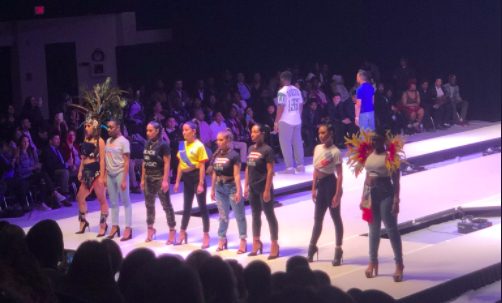
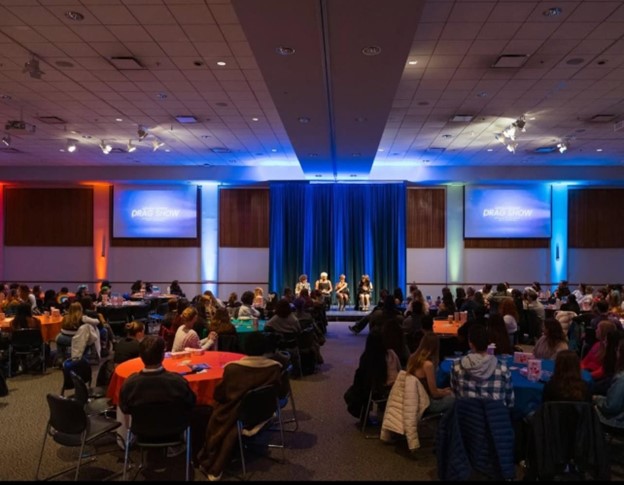

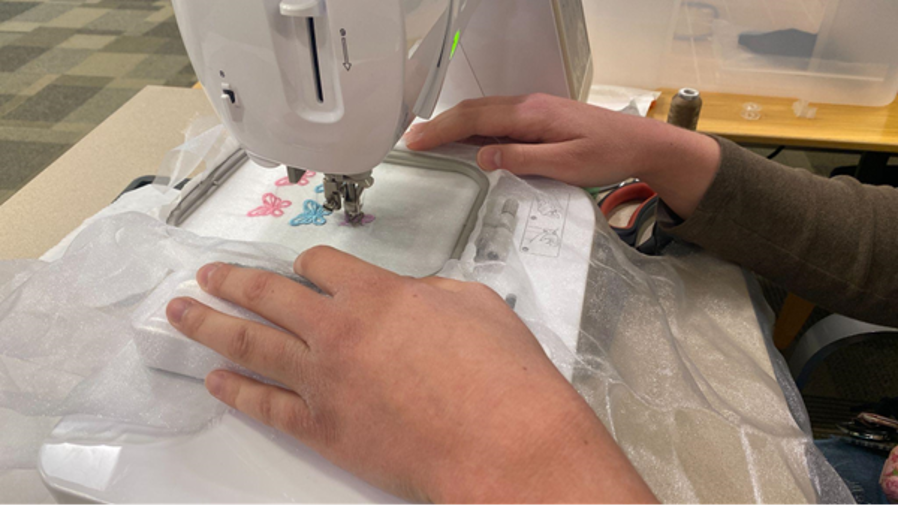
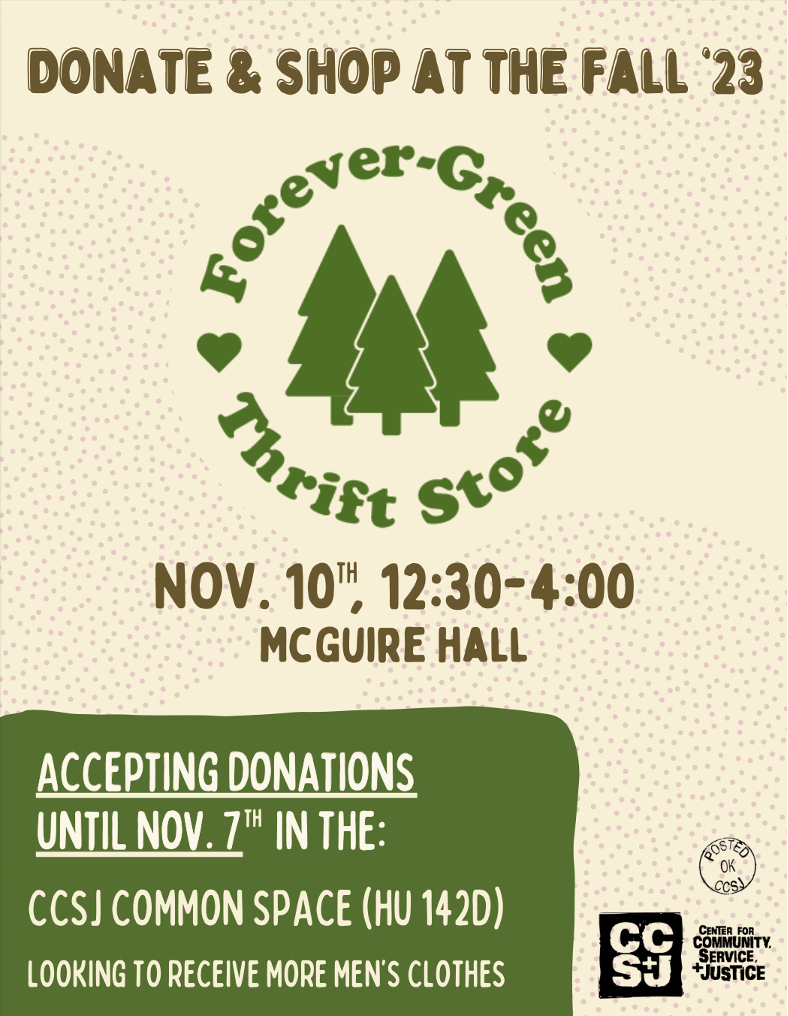
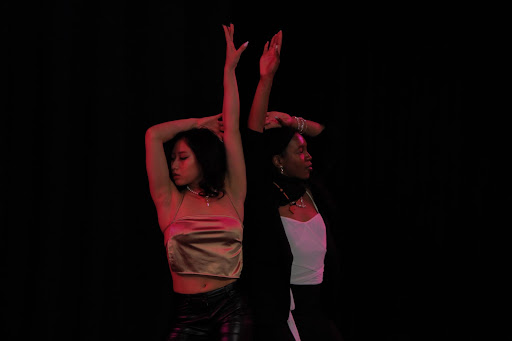





Anonymous • Dec 9, 2021 at 8:50 pm
4.5
Anonymous • Apr 20, 2018 at 12:59 pm
2.5
Anonymous • Mar 30, 2018 at 2:23 pm
5